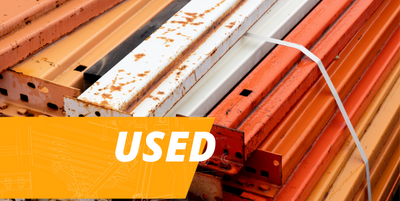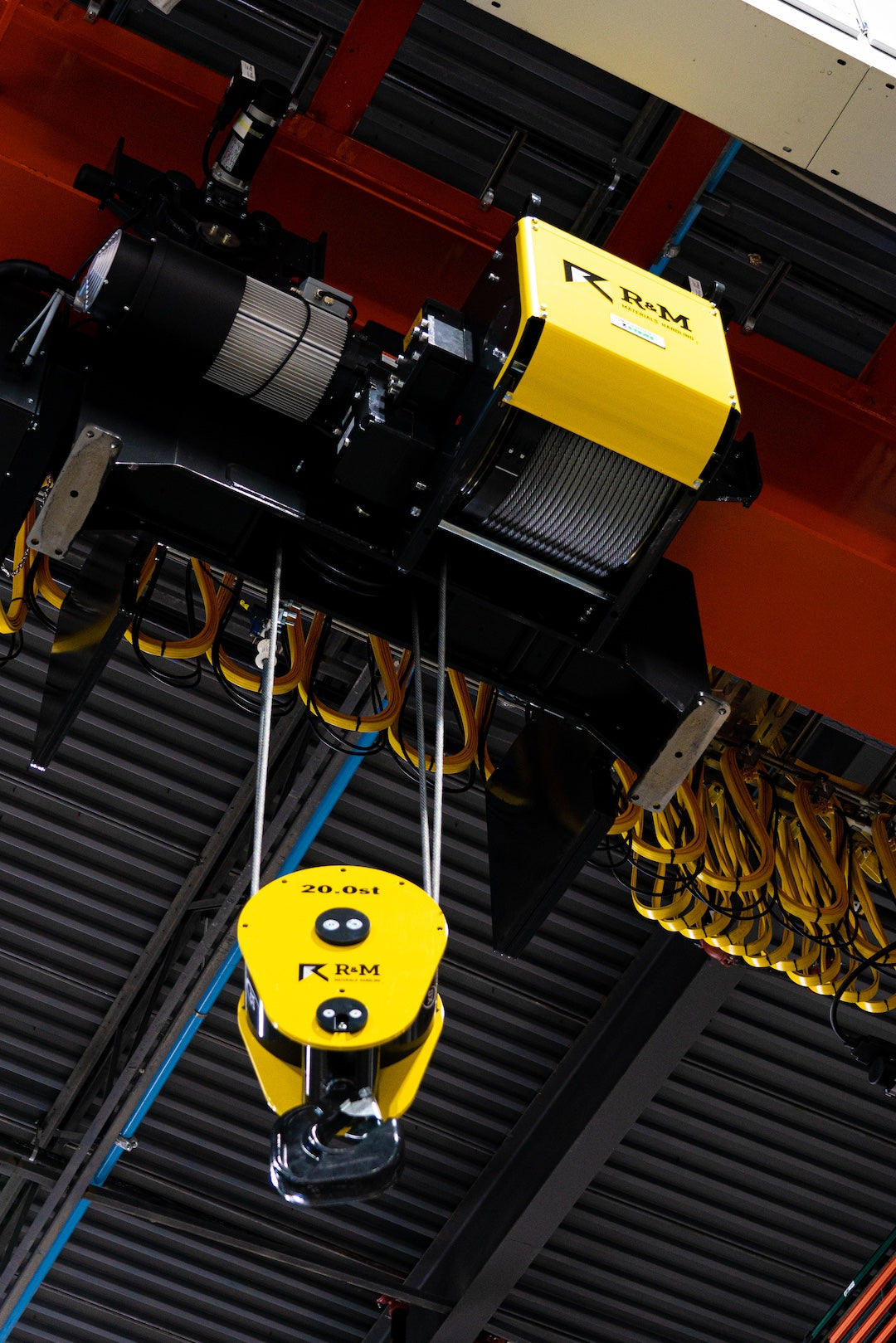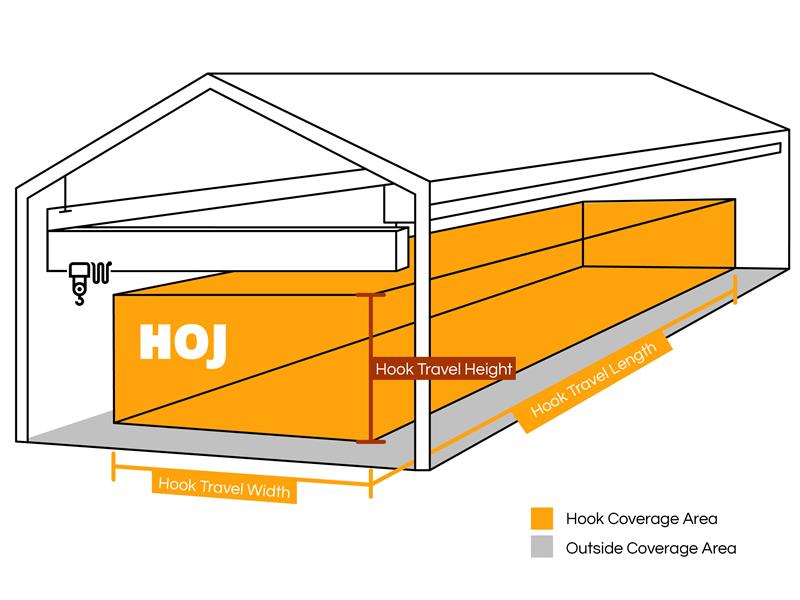Your Cart is Empty
![Comprehensive Forklifts Guide [Only The Essentials]](http://hoj.net/cdn/shop/articles/25L-9A_cover_copy_22feaf31-fe3d-4b36-8465-8283aa723ee3_1600x.jpg?v=1737565781)
Comprehensive Forklifts Guide [Only The Essentials]

Forklifts are a critical part in determining the overall layout of a warehouse. Many of these essential machines operate on propane, a fuel choice that offers both efficiency and reliability.
To ensure uninterrupted operations, it's essential to have access to high-quality LP propane tanks, such as those available through our propane tank offerings.
Good warehouse design also considers aisle width and vertical racking height (more on racking later). These factors play a significant role in deciding which types of forklifts will function best in that space.
These factors play a significant role in deciding which types of forklifts will function best in that space. There isn’t a one-size-fits-all forklift solution.
A partnership with a respected and trustworthy forklift dealer is a valuable asset. Dealers are a good source for advice, parts, service, and support, as forklifts will need ongoing maintenance checks over the years.
Forklift purchases can affect the business for a decade or longer.
A correctly designed warehouse will benefit the life and operation of forklifts, and will facilitate how you manage your inventory. Forklifts that are in constant and smooth operation are more productive and experience less wear.
Forklifts that are idle, in inconsistent use, or subject to damage during use will need to be repaired and replaced more often.
New vs. Used
Used forklifts are popular, and they definitely have their place, but they may require more maintenance. With warehouse uptime being the single most vital consideration for the entire operation, used forklifts should be used sparingly.
Pro Tip: A metric when considering a used forklift is your projected usage. Two hours a day of usage is a good upper limit for a used forklift. If you plan to use one for more than two hours a day, consider a new forklift.
A typical used forklift should be around half the price of a new forklift that has roughly the same features. Lower cost, used forklifts can carry serious baggage and may cause financial losses down the road.

A responsible dealer will acquire used forklifts from trustworthy and reliable sources, and perform maintenance to bring them up to standard -- just like a good, used car dealer. Ask the dealer about their sources and maintenance/refresh checklist.
Used, electric forklifts can come with questionable batteries. Plan for the cost and usage of spare batteries. A used forklift battery should test to 80% life or better.
Note that a degrading battery can signal a domino effect on the forklift’s other components, causing more aging and wear. As of 2020, new batteries can cost anywhere from $6K to $10K.
When purchasing a used forklift, get a complete condition report and usage report to determine what repairs and maintenance are required to make it usable. Negotiate for the best warranty possible.
Electric forklifts vs IC (Internal Combustion) Forklifts
IC forklifts have been around for a long time. There is an extensive knowledge-base of experienced operators, parts, know-how, and support for IC forklifts.
Due to some significant changes in battery technology, however, expect electric forklifts to begin to dominate the market. With technological advances, electric forklift prices will eventually become less expensive.
Below are three general rules of thumb for traditional forklift batteries (conditions may vary):
- Expect eight hours of use on a fresh charge
- Expect eight hours to charge them fully from discharge
- Expect to wait eight hours to cool after charging
As a result of the charging and cooling time, extra batteries are required to keep an electric forklift in continuous operation.
Therefore, your duty cycle expectations for the forklift need to be considered when choosing electric.
Features Comparison (5,000lbs IC vs. 5,000lbs Electric)
|
*Note, these are estimates |
IC |
Electric |
|
Operation Cost Per Day (10 Hours) - $1.75 |
|
X |
|
Operation Cost Per Day (10 Hours) - $30.00 |
X |
|
|
Quarterly Preventive Maintenance Cost - $65.00 |
|
X |
|
Quarterly Preventive Maintenance Cost - $125.00 |
X |
|
|
Zero Emissions While in operation |
|
X |
|
Very Low Emissions While in Operation |
X |
|
|
Estimated Purchase Price - $29,000-$37,000 |
|
X |
|
Estimated Purchase Price - $23,000-$28,000 |
X |
|
Selecting a Forklift
As mentioned previously, the design of a warehouse heavily impacts the types of forklifts that should be used in that space. That design includes several factors that need to be considered when selecting a forklift for a warehouse:
- Aisle width
- Rack height
- Door dimensions
- Tunnel dimensions
- Pallet weight
- Pallet size
- Throughput
- Number of SKUs
- New or existing warehouse
Again, don’t hesitate to contact a good forklift dealer and/or trusted warehousing experts to help you evaluate which forklifts will work best with your warehouse design and inventory management processes.

The list below gives a brief overview of the various types of forklifts and where they function best.
Type of Forklifts by Aisle Width
6’ forklift aisle - Turret Truck
A turret truck is an operator-up, very-narrow-aisle (VNA), custom built truck that is specifically designed to handle pallets in tight spaces. It’s easily identifiable due to its articulating forks that rotate 180°. Most turret trucks can reach up to 40 feet high.
If a turret truck goes down, the warehouse can grind to a halt. Even with a quick turnaround service time of less than a day, the losses on efficiency can add up quickly. A second turret truck on hand is like an insurance policy against lost production.
7’-9’ forklift aisle - Flexi Truck
Flexi trucks are similar to turret trucks in that the forks rotate, but a flexi is capable of picking both sides of the aisle from either direction. The Flexi can also be used for other purposes around the warehouse.
9’-6” forklift aisle - Reach Truck
A reach truck is a narrow-aisle stacking truck that is designed for ‘reaching’ extreme heights. These trucks offer the maximum lift height with exceptional maneuverability.
Traditionally, reach trucks are found in indoor environments. Traditional reach trucks cannot unload trucks and are dedicated to the aisles.
10’-6” forklift aisle - 3-Wheel Stand Up and Sit Down
3-wheel stand up and sit down forklifts offer great maneuverability as they can easily turn around tight corners. Although they are primarily used for the loading and unloading docks/trailers, they can be used for stocking and transporting pallets.
12’-15’ forklift aisle - LP and Electric Cushion Trucks
Cushion trucks are made for smooth surface applications, like warehouses and loading docks. Due to the smooth design of the tires, these trucks don’t do well in outdoor or uneven surfaces.
These are the most typical forklifts you find in most warehouses. Cushion tire trucks have a smaller chassis than Pneumatic trucks, that’s why they are more suited for warehouses.
12’-higher forklift aisle - LP and Electric Pneumatic Trucks
Pneumatic forklifts are similar to cushion trucks in design, but are more suitable for work conditions outside or on uneven surfaces due to their chassis size and their bigger tire size. These are more popular on job sites and lumber yards.

Stock Picker
A stock picker, or order picker, is similar to a forklift but different enough for an explanation. It is defined as a piece of equipment designed to lift a person to a desired location on a pick-face or pallet rack.
The picker is designed for picking from a pallet or pick-face, and will not move or put away pallets. Stock pickers are popular in eCommerce industries where pickers are fulfilling individual orders rather than full pallets.
Forklift Manufacturers
A best practice in building and maintaining a forklift fleet is to find a manufacturer that fits your needs.
Prices, parts, contacts, service, new forklift purchases, and used forklift purchases are all more manageable and effective when dealing with one company and one brand. Building relationships with dealers also pays off in good-will benefits.
There are many great brands out there, but here are two at the top of the list.
Hyundai
Hyundai is one of the largest manufacturers in the world. They continually work to perfect their craft in creating a strong forklift brand. You can expect to see the same engineering and innovation in their forklifts as they put in their automobiles.
There are a lot of parts, supplies, and expertise built around this brand. Hyundai releases new forklift models every four to six years. Hyundai will also engineer models to custom requests, where most other manufacturers will not.
UniCarriers (formerly Nissan/TCM)
Manufactured primarily in Illinois, UniCarriers has been manufacturing forklifts for over 40 years.
UniCarriers is a good choice for experience, and has a strong base of used and new parts, and accessories. They have one of the best warranty programs in the industry.
Forklift Operation Training

A sales and service organization should be able to perform forklift operation training to warehouse employees. There may be state and local requirements for forklift safety training. OSHA certification may be required.
Since there are different manufacturers, and different products, most training is specialized.
There are many great forklift options out there, but ensure that you get the right ones based on the design of your warehouse. It’s worth consulting with warehouse professionals or a trusted forklift dealer to understand which forklift will operate best in your warehouse.
Having the right forklift plays a major role in effectively managing your inventory.








